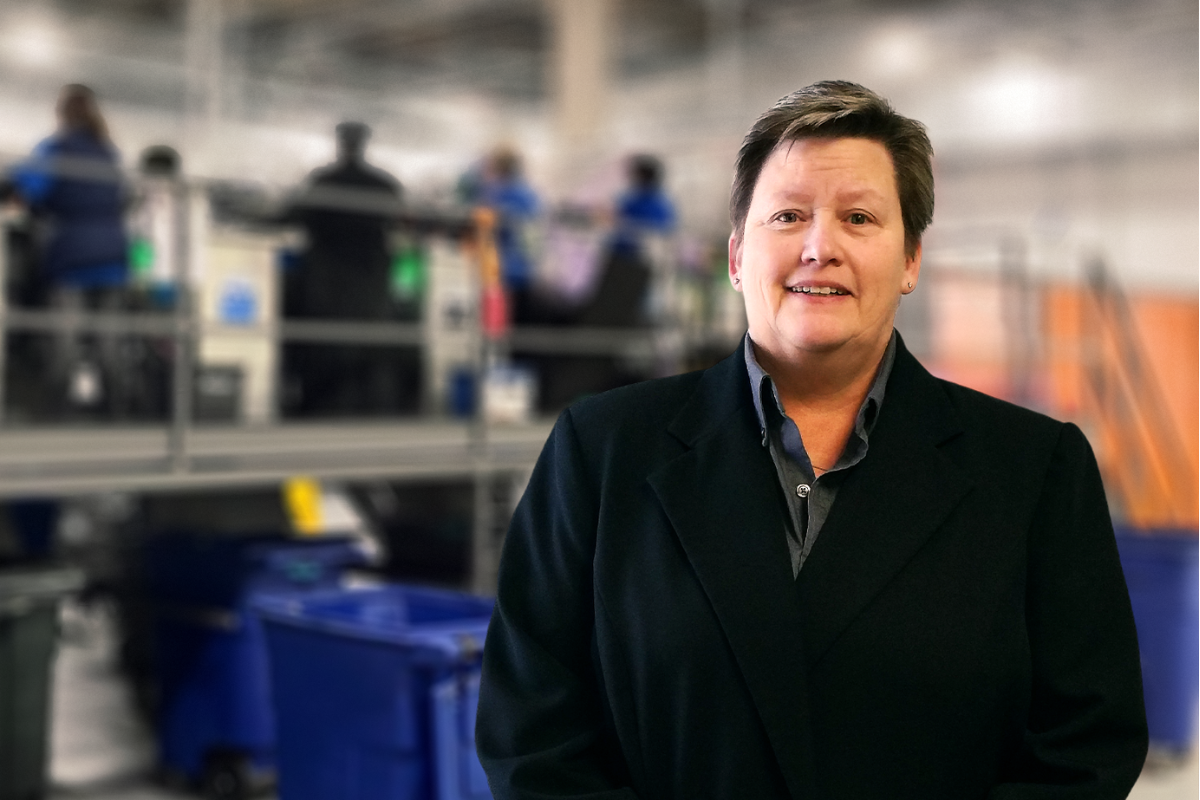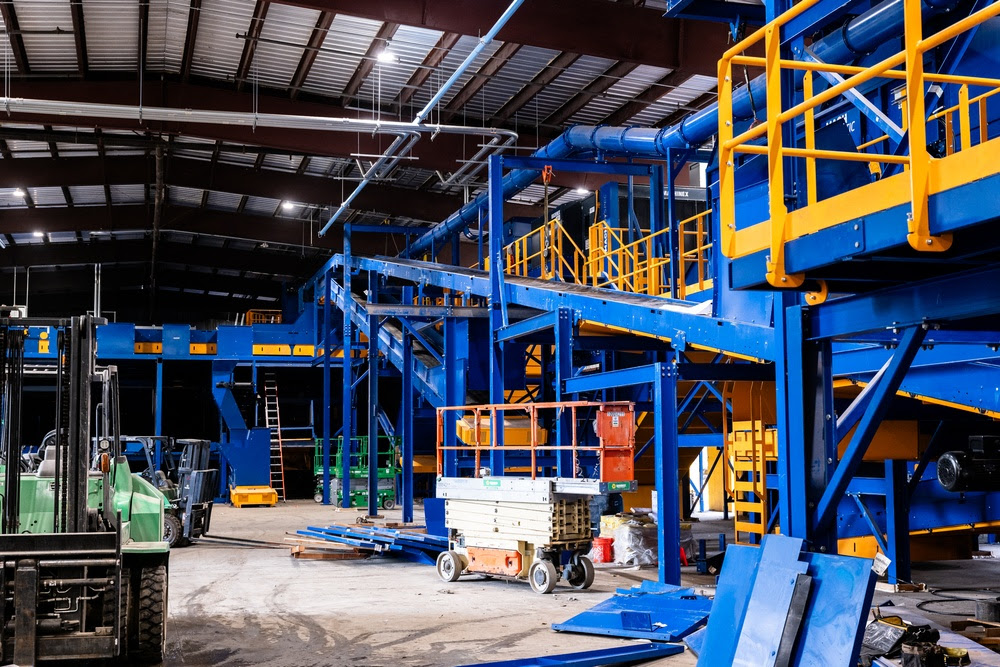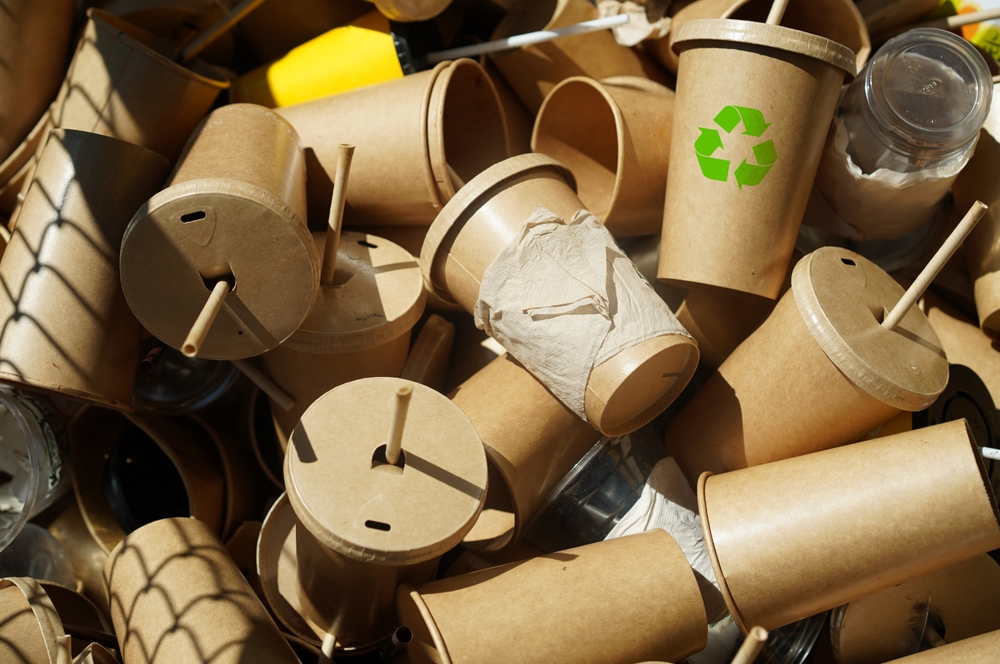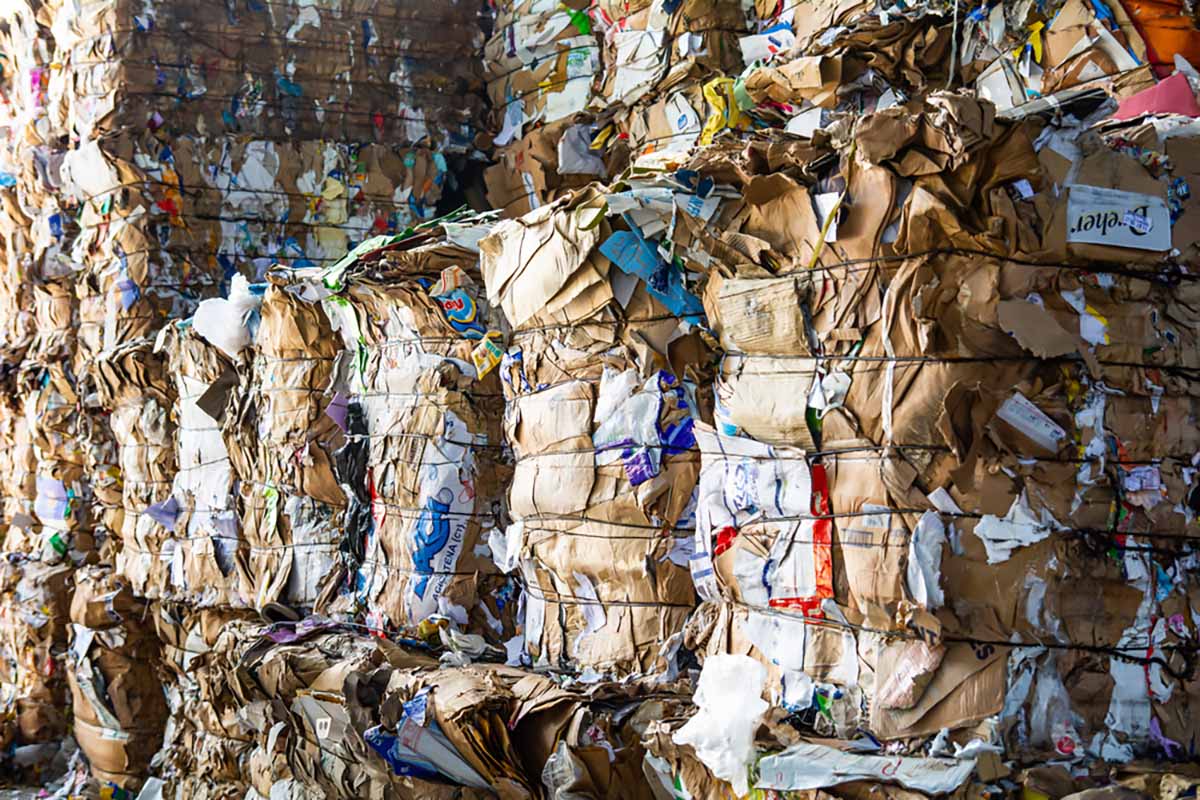
In March, California Gov. Gavin Newsom rejected SB 54 draft regulations, forcing the rulemaking process to restart. | Brandon Bourdages/Shutterstock
The first public opportunity to comment on California’s latest extended producer responsibility for packaging draft regulations stretched past the allotted time frame, with some speakers saying changes to a chemical recycling regulation section were unlawful. Continue Reading









